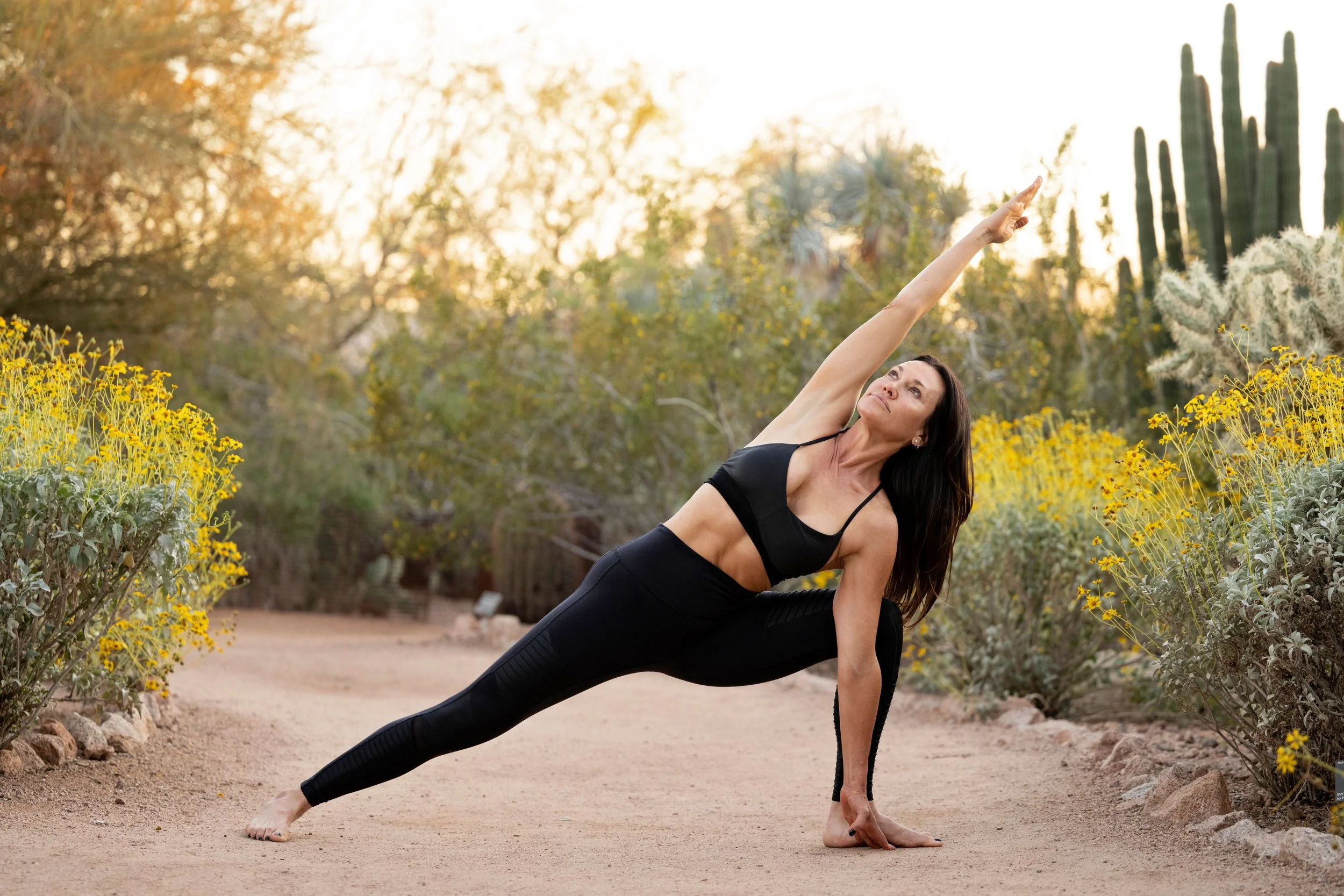What Temperature Is Hot Yoga? Everything You Need to Know
Step into a hot yoga studio, and you’ll feel it before you even hit the mat—that intense wave of heat. But how hot is too hot? And why crank up the thermostat in the first place? Hot yoga isn’t just about dripping sweat for the sake of it. The heat is designed to warm up your muscles, boost flexibility, and elevate your heart rate. Whether you’re curious about trying your first class or just wondering if 105°F is really necessary, understanding the temperature is key. In this guide, we’ll break down the heat levels, what to expect, and how to stay safe.
Key Takeaways
Hot yoga temperatures range from 85°F to 105°F depending on the style.
Bikram is the hottest at 105°F, while warm flow classes hover around 85°F–95°F.
Heat helps with flexibility, intensity, and calorie burn, but comes with risks if not managed properly.
Beginners should start in cooler classes and stay hydrated.
Not all heat feels the same—humidity, airflow, and heat type matter.
What Is Hot Yoga, Exactly?
Hot yoga is regular yoga with the heat turned way up—think 90°F to 105°F. You're flowing, stretching, and holding poses while your body’s in full sweat mode.
The idea? Warm muscles bend better. The heat helps you move deeper, faster. Plus, it cranks up your heart rate so it feels more like a workout than a nap.
It’s not one-size-fits-all though. Some studios go for gentle flows in milder heat. Others? Full Bikram with military-grade intensity.
Bottom line: hot yoga is yoga turned savage. It’s for folks who like their zen with a side of sweat. Just bring water—and maybe a second towel.
Temperature Ranges by Hot Yoga Style
Not all hot yoga is created equal. The temp you’ll face depends on the style—and trust me, there’s a big difference between “gently toasty” and “human sauna.”
Bikram Yoga: 105°F (40.6°C)
This one’s the OG of sweat-soaked sessions. Always 26 postures, always 105 degrees, always 40% humidity. It's structured, strict, and seriously hot.
Hot Vinyasa: 90–98°F (32–37°C)
This one’s more freestyle. Think flowing movements, upbeat playlists, and a temp range that lets you breathe (barely). It’s the cool cousin of Bikram—still hot, but with vibe.
Power Yoga: 95–100°F (35–38°C)
Built for burn. You’ll move fast, hold longer, and feel like you did a full-body workout. The heat boosts your stamina and turns the intensity up a notch.
Warm Yoga or Heated Flow: 85–95°F (29–35°C)
This is beginner-friendly. You’ll still sweat, but it won’t feel like you’re melting. Perfect if you’re easing in or just want a calmer challenge. Having the right hot yoga gear for men makes it even easier to stay cool, focused, and comfortable as you build your practice.
Each style brings its own flavour of heat. Some like it scorching, others just want a little extra warmth. Choose your temp like you choose your coffee—strong, but not scalding. A Hot Yoga Class Tempe gives you that perfect balance to power through without burning out.
Why Temperature Matters in Hot Yoga
The heat in hot yoga isn’t just for drama. It’s part performance booster, part muscle whisperer. Warmer temps help your muscles stretch further with less risk of injury. That deep hamstring fold? Way easier at 100°F than in your cold living room.
Then there’s the cardio angle. Your heart rate climbs faster in the heat, giving your flow a workout feel. You’re basically tricking your body into doing more—without adding reps.
Plus, sweating buckets feels kind of epic. It’s not fat loss, but it does leave you feeling lighter, looser, and oddly proud. Just know, the heat isn’t a flex unless you handle it smart.
If you're into turning up the burn, Body Sculpt Scottsdale classes blend that heat with strength moves for serious payoff. It's like hot yoga’s more ripped cousin—same sweat, extra sculpt.
How Room Conditions Affect the Heat
It’s not just the thermostat that sets the vibe. The room’s humidity, airflow, and heat source all mess with how the temperature feels.
Humidity cranks up the sweat factor. Even at 90°F, a humid room can feel like a jungle. You’ll overheat quicker, so hydration is non-negotiable.
Ventilation matters too. Stuffy room? Expect to struggle. Studios with airflow (fans, vents, even infrared panels) make the heat more bearable.
And then there’s the type of heat. Infrared warms you, not the air. Feels smoother, less suffocating. Forced-air heat? That’s like stepping into a dryer on high.
Moral of the story? Two rooms at 95°F can feel wildly different. Choose your studio like you choose your bar—vibe is everything.
Is There an Ideal Temperature for Beginners?
If you’re new to hot yoga, don’t go full inferno on day one. Start in the 85°F to 95°F (29°C–35°C) range. That’s warm enough to loosen you up but not so hot you’ll want to sprint out mid-flow.
Classes labelled warm yoga or heated vinyasa are your best bet. You’ll still sweat, but it’s more gentle roast than full-body boil.
Avoid Bikram or anything hitting 105°F until your body learns how to handle the heat. It’s a flex—but not a smart one if you’re just getting started.
And don’t stress if you need breaks. Everyone's been that person lying in child’s pose for half the class. That’s not quitting. That’s wisdom.
Risks of Practising at High Temperatures
Hot yoga can feel incredible—but push too hard in extreme heat and things can go sideways fast.
Dehydration hits first. You’re sweating buckets, and if you’re not sipping water before and during class, your body will protest—hard.
Overheating can sneak up too. Dizziness, nausea, tunnel vision? Those aren’t just “part of the process.” They're signs to chill or get out.
If you’ve got medical conditions—heart issues, low blood pressure, pregnancy—check in with your doc before turning up the heat. Seriously, this isn’t the time to wing it.
Some folks think more heat means faster results. But pushing through lightheadedness isn’t brave, it’s reckless.
Bottom line: Hot yoga should challenge you, not wreck you. Sweat smart, not just hard.
How to Prepare for a Hot Yoga Class (Temperature Edition)
Hot yoga isn’t just a workout—it’s a sweat marathon. So prep like a pro.
Hydrate early, not just when you walk in. Think one litre of water in the few hours before class. Electrolytes? Bonus points.
Dress smart. Skip the cotton. Go for moisture-wicking gear that clings without choking. Think “second skin,” not “soggy towel.”
Pack the essentials: a grippy mat, large towel (trust, you’ll need it), and a full water bottle. Some folks bring two towels—one for the mat, one for their face.
Fuel up, but not too heavy. A banana or smoothie an hour before is ideal. Avoid the big brunch and save it for post-savasana.
Finally, arrive early. Acclimate to the heat and snag your spot away from the heater if you’re new. Game face on. Drip incoming.
FAQs: Hot Yoga Temperatures
1. What’s the average hot yoga temperature?
Most classes range between 90°F and 105°F (32°C to 40°C).
2. Which style is the hottest?
Bikram yoga tops the scale at 105°F with 40% humidity. It’s not for the faint-hearted.
3. Can I choose a cooler class?
Yes—look for warm yoga, heated flow, or beginner-friendly sessions around 85°F–95°F.
4. What if the heat feels too intense mid-class?
Take child’s pose, breathe through your nose, and hydrate. Leaving the room is okay if you’re overwhelmed.
5. Do all studios use the same heat method?
Nope. Some use infrared (less suffocating), others use forced-air or humidifiers. Ask before you book.
Final Thoughts: Is Hot Yoga the Right Temperature for You?
Hot yoga brings the heat—literally. But the right temp depends on your vibe, your fitness, and your tolerance for sweat storms.
If you’re new, don’t go chasing 105°F glory right away. Test the waters. See what feels challenging but not brutal.
Because yoga isn’t about being the toughest in the room. It’s about showing up, tuning in, and maybe leaving with your shirt soaked—but your mind clear.
Find your flow. Heat optional.

